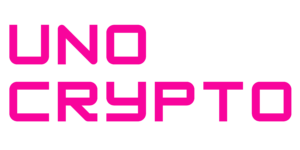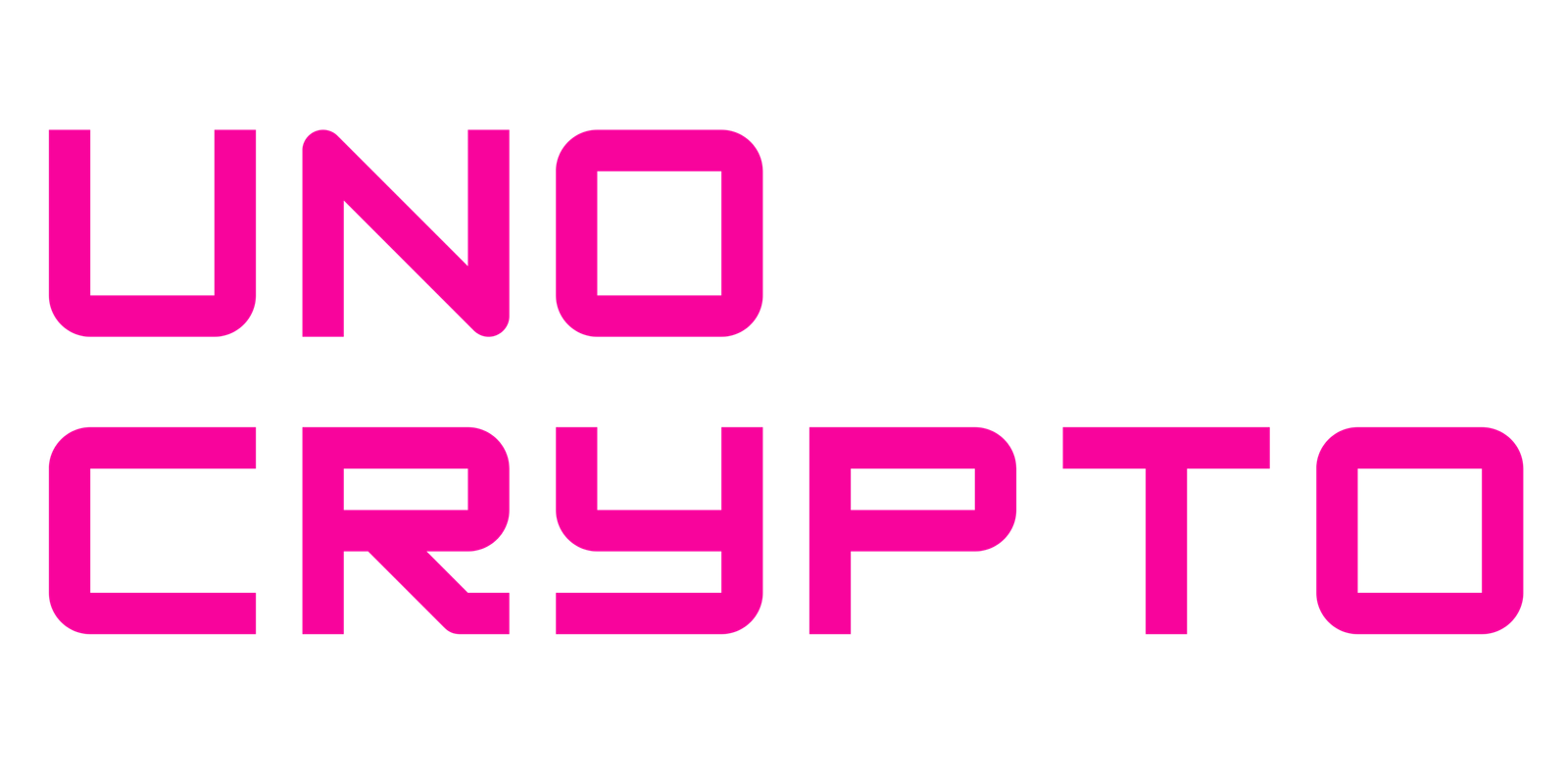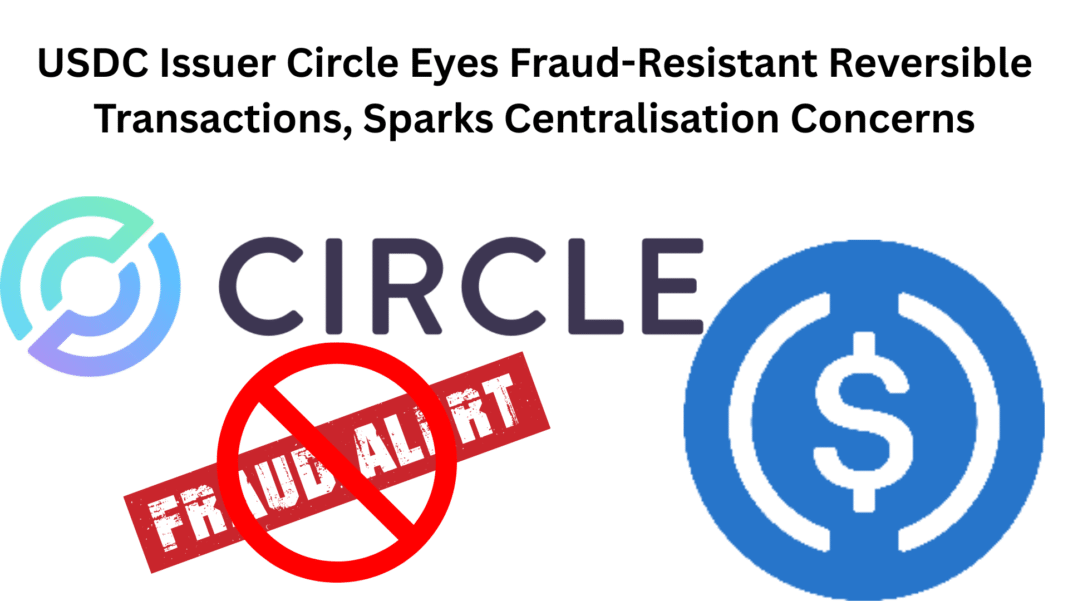Circle, the issuer behind $74 billion in USDC, is weighing a way to allow refunds on some stablecoin payments, the company said in an interview with the Financial Times. The idea is being considered now as Circle talks with banks and other big firms.
The goal is to let victims of fraud or disputes get their money back while keeping blockchain settlements reliable.
Circle President Heath Tarbert said the company is trying to balance instant transfers with the need for some reversibility.
The plan could use off-ledger steps to reverse payments without breaking the final settlement on the chain.
What Circle is proposing?
Circle is looking at refund tools that would not undo on chain settlement. One option is a counter payment layer. That would let parties agree to reverse a transfer through a separate process.
It would work more like how credit card refunds happen today, and Circle says it will not offer direct undoing of on-chain transactions. The firm wants a way to correct mistakes while keeping the record on the blockchain intact.
How might reversals work?
The basic idea is to settle on a chain and then, if needed, arrange a reversal off-chain. Parties would follow a set process that can be audited and meets compliance rules.
This would let institutions offer refunds when fraud or an error occurs. Circle is testing these ideas on Arc, a blockchain it built for banks and big firms. Arc aims to let banks settle payments such as FX with stablecoins.
Institutional push and concerns
Circle is shifting toward large financial clients, and that is why it is exploring refund options. Big institutions expect tools similar to those in traditional finance, and some industry voices push back.
A venture investor called the idea offensive and asked whether a system like this should still be called blockchain. Circle says it plans to keep Arc limited in some ways and will not offer direct rollbacks.
Market and policy backdrop
Stablecoins are getting more attention in policy and markets. A recent federal law and White House support have pushed the sector forward. Some forecasts expect the market to reach $1 to $2 trillion in the coming years.
Goldman Sachs projects a $77 billion rise in USDC by 2027, and the Treasury has given even larger estimates for overall stablecoin growth through 2028, which raises questions about liquidity and cross-chain work.
Industry moves and partnerships
Circle is also expanding partnerships, as its venture arm, Circle Ventures, joined with Crossmint to bring USDC to more blockchain networks. Other players are positioning to use stablecoins too.
Western Union has signalled interest in stablecoins for remittances. Ripple and others expect big growth in the space, with leaders saying the market could grow several times over from current levels.
Product trade-offs
Circle faces trade-offs, as reversible payments could make banks more willing to use stablecoins. They also add steps and new controls, and that could slow settlement or add cost.
It may change how users view blockchain trust, as Circle says it is trying to design a system that keeps the speed and transparency of stablecoins while offering safety features that large firms demand.
What do executives say?
Tarbert framed the challenge as a tension between instant transfer and permanent finality. He argued the firm must find a middle ground so stablecoins can meet real-world business needs.
Circle sees this as part of making USDC more useful outside pure crypto circles. The company hopes the changes will draw new capital and use cases into the market rather than pull deposits away from banks.
Where could this lead?
If Circle builds a workable refund layer, more banks and corporates may test stablecoin payments. That could speed adoption for cross-border flows and business payments.
If problems surface, Circle could scale back or change the design. The outcome will shape how much of the traditional finance world embraces blockchain rails.


